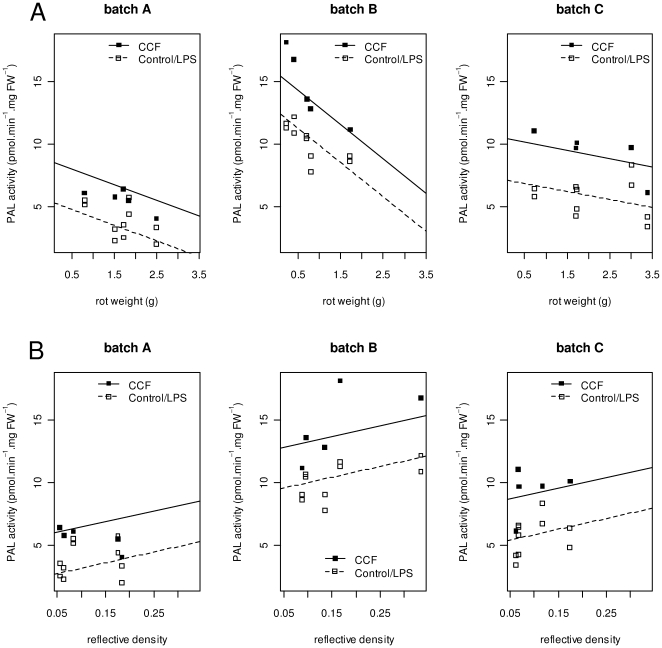Figure 3. Phenylalanine ammonia-lyase activity in relation to disease symptoms by Pectobacterium atrosepticum (A) or Phytophthora infestans (B).
PAL activity was measured in extracts from tuber tissue treated with water (Control), a concentrated culture filtrate (CCF) from P. infestans or purified lipopolysaccharides (LPS) from P. atrosepticum. Disease severity caused by P. atrosepticum and P. infestans was measured in tubers from 5 potato cultivars (Ackersegen, BF15, Bintje, Kerpondy, Saturna). Experiments were performed on 3 tuber batches produced in 2008 and 2009. Tubers produced in 2008 were used after 8 months of storage (batch A), tubers produced in 2009 were used after 2 months (batch B) and after 10 months (batch C) of storage. White boxes represent by-cultivar means of phenylalanine ammonia-lyase activity in replicate samples for Control and ‘LPS treatments, while black boxes represent by-cultivar means of phenylalanine ammonia-lyase activity in CCF treated samples. Results from two experiments on batch C were grouped before calculating means. Lines were drawn using coefficients of linear models fitted to by-cultivar means including results from pathogenicity tests of P. atrosepticum and P. infestans as co-variable, respectively.

